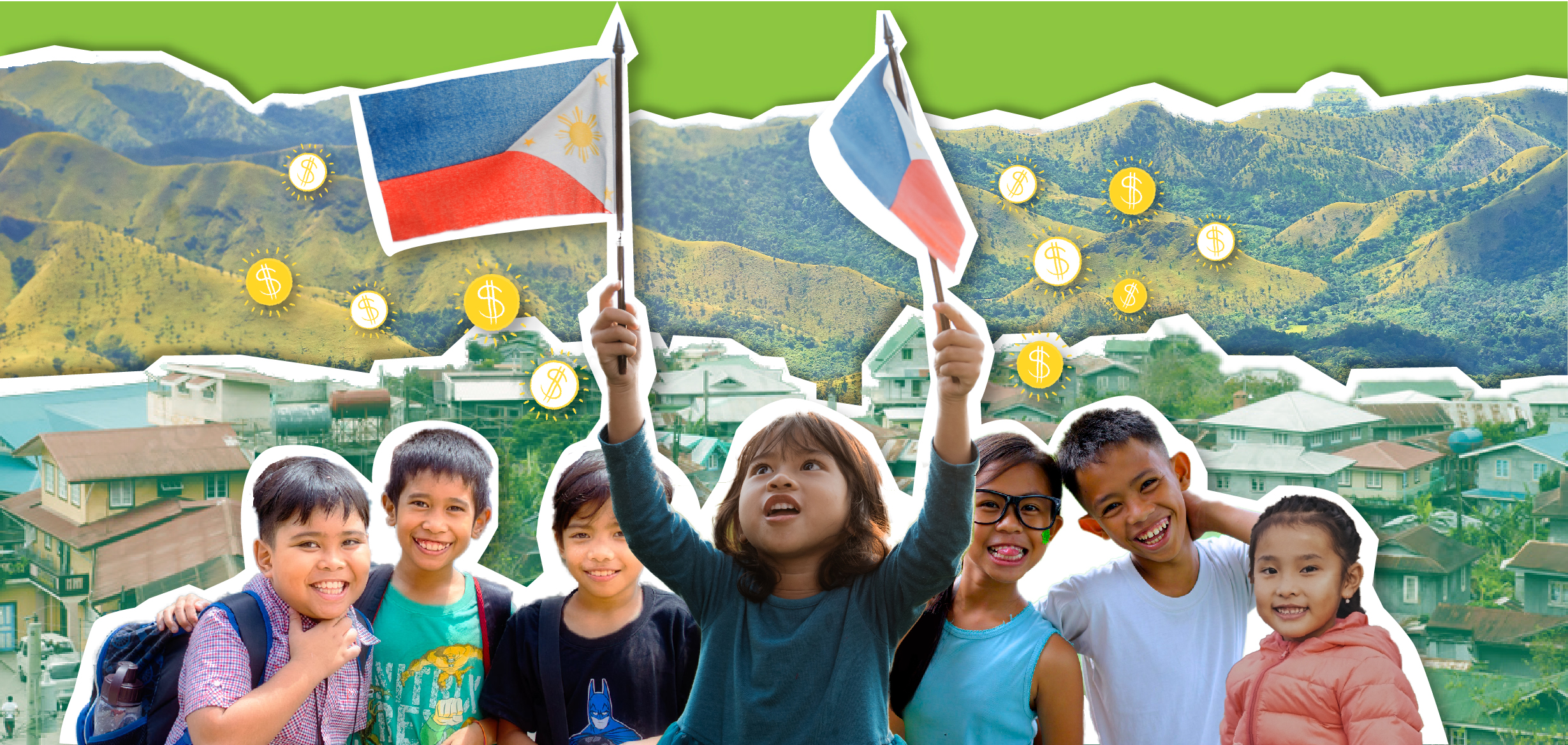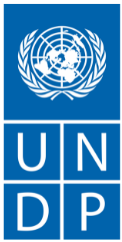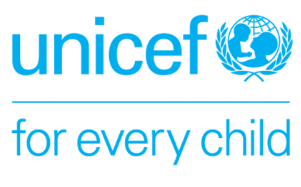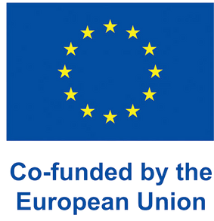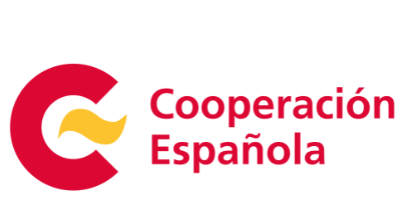Ranking first is usually a cause for celebration, but not for the town of South Upi. “Back in 2012, we were number one—in malnutrition, in the whole province of Maguindanao,” said Engineer Renato Sarikit, who heads the Municipal Planning and Development Office there.
South Upi is a south-eastern town in Maguindanao province, which belongs to the Bangsamoro Autonomous Region in Muslim Mindanao—a region that has historically ranked as the Philippines’ poorest. People ride horses or walk long hours for their daily affairs. To get to school, for example, “pupils need to walk at least three kilometres and cross at least one river, come rain or shine. Most of the time, they leave their homes with empty stomachs,” said Mr Sarikit.
The local South Upi government, with support from organisations, such as the United Nations Children’s Fund (UNICEF), provides children with nutritious food once they reach school. These school meals are often a lifeline for vulnerable students.
For children below school age, South Upi invests significantly in field workers, known locally as Barangay Nutrition Scholars, to identify and monitor children who are severely small and underweight, informing local agencies where nutrition interventions are needed most and by whom. These and other strategies helped reduce the town’s malnutrition rate from 17 percent in 2016 to only 1.7 percent in 2019.
“But of course, we’re aiming to bring child hunger down to zero,” Mr Sarikit said.
Last year, the Government of the Philippines invited South Upi and a few other sub-national governments to test a tool designed to improve decision-making in early childhood investments. The tool is one of the first interventions prioritised through the country’s integrated national financing framework (INFF).
The budget tagging tool will map out how much investment is needed for child-focused programmes and where money is currently being spent. It will help local governments channel public finances towards ending child malnutrition and achieving other child-focused goals.
For Attorney Maria Lourdes Fugoso-Alcain, Executive Director of the Council for the Welfare of Children, which spearheads the tool’s development, it will be a landmark for public financing for children once all sub-national governments adopt the tool. “The wealth of budget data captured from the tagging exercise will help local governments know which services children need the most, and how they can enhance the services they already provide, so they can truly fulfil the rights of all children.”
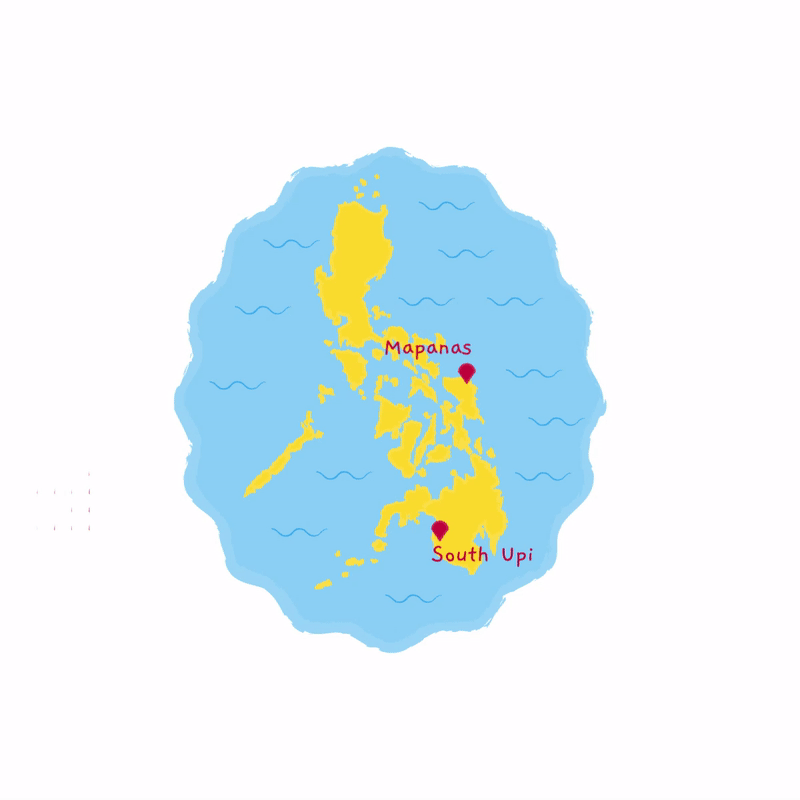
The Council for the Welfare of Children has been spearheading and co-developing the tool with the country’s Public Finance for Children Technical Working Group. The Group comprises four national ministries (the Department of Budget and Management, Department of Finance, Department of Education and Department of the Interior and Local Government), sub-national governments and civil society organisations, such as Social Watch Philippines, with technical support from development partners, such as UNICEF.
The development of the tool is happening at the right time. The Philippine Supreme Court recently mandated a revision to sub-national shares of national tax revenue. Local governments are anticipating an increase in their budgets and, along with it, the opportunity to scale their investments toward achieving the Sustainable Development Goals (SDGs) at the local level.
The end of the 2030 timeline to achieve the SDGs approaches fast. By then, girls and boys born in 2022 will turn eight. That marks the end of their early childhood, the phase wherein their cognitive, social and emotional skills develop the fastest. Whether their needs are met during this critical window will shape the trajectory of both their future and the country’s.

Through its INFF, and with support from the Joint SDG Fund and three UN agencies (UNICEF, UN Population Fund, and the United Nations Development Programme), the government is developing a suite of tools and strategies that will enable the Philippines to better leverage partnerships and resource flows to finance national development targets, including those related to the wellbeing of children. The INFF will also enable the government to monitor whether interventions are delivered with the speed and impact required to achieve the SDGs.
The budget tagging tool takes advantage of a few INFF elements already in place within the country’s budgeting and investment planning processes. For one, the scale of coordination needed to jumpstart and refine the tagging process was made possible due to existing structures, such as the Public Finance for Children Technical Working Group. These structures helped government facilitate collaboration between ministries, overcome silos and build a strong sense of ownership among the partner agencies.
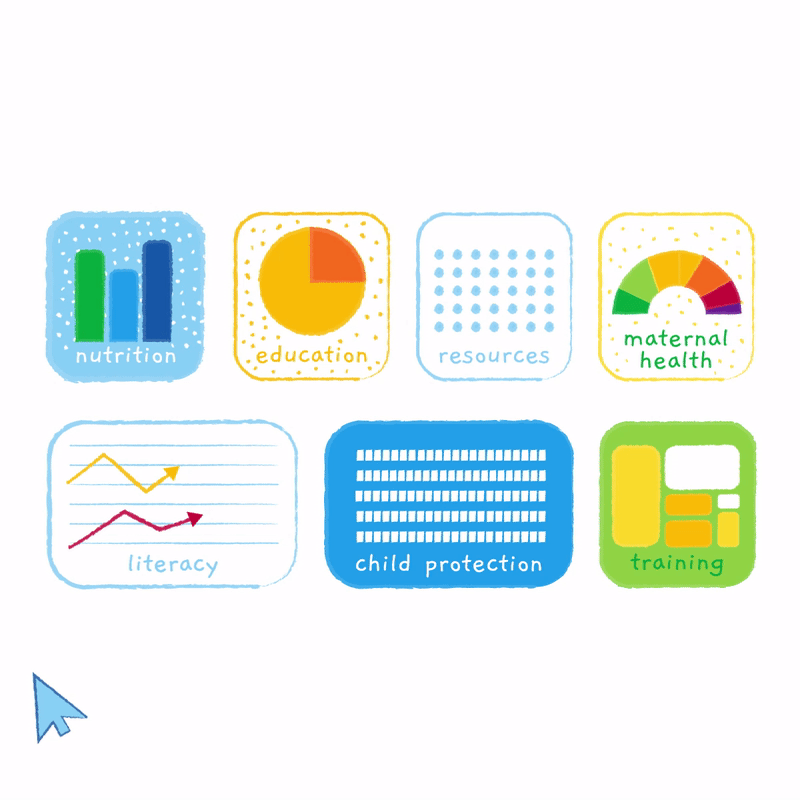
To capture sub-national budget allocations and expenditures for child-focused activities, the tool will use a system that codifies programmes based on implementation strategy, programme themes and specific interventions, framed around the four core rights for children (survival, development, protection and participation). The coding system has markers to identify which age groups the programmes serve. Additional markers are in place to identify whether the programmes and activities contribute to gender responsiveness, inclusivity, ethnicity, mobility or humanitarian support.
Eventually, the tool will dovetail with an ongoing UNDP-supported effort to tag public spending for the SDGs at the national level. Once completed, the national-level budget tagging will allow government to match child-focused interventions at the subnational level with national SDG targets.
Beginning with the local governments’ Annual Investment Plans, the tool tracks budgets for child-focused programmes according to the amount planned, approved and obligated. The obligated amount will show the scale and pace of the delivery of child-sensitive and child-specific interventions, such as early childhood care booklets, nutrition interventions, child protection services, training for child development workers and other goods and services that benefit children and their families.
A dashboard presents all budget information visually. “Local child expenditures will be translated into tables, charts and diagrams to help our local chief executives and implementers analyse where the money went and whether the money spent resulted in improved outcomes for children,” said Mr Rene Raya, co-convener of Social Watch Philippines, the civil society partner co-designing and implementing the tool.
The draft budget tagging template uses the same format as local government Annual Investment Plans and aligns with existing policy language and processes. By not straying from existing instruments and formats, the tool’s designers made sure government employees could navigate the tool with ease and, as a result, quickly integrate it within their planning and budgeting processes.
Among the four sub-national sites for field testing is Mapanas, a town in Northern Samar. While the provincial government brought down its poverty rate dramatically from 52 percent in 2015 to 28 percent in 2018, Mapanas remains above the national average in terms of poverty.
The Council for the Welfare of Children and its partners within and outside of government sat with planning and budgeting officers of Mapanas, South Upi and seven other towns, cities, and provinces for a series of dialogues. They reviewed policies and budget documents to identify possible entry points for the tagging work within existing planning and budgeting processes.
By September 2021, the team was field testing the tool in Mapanas and at the provincial level in Northern Samar. In both locations, they faced challenges. The offices had limited manpower and technical capacity to tinker with spreadsheets. Intermittent power interruptions and internet connection, especially in remote Mapanas, got in the way of completing the computer-assisted aspects of budget tagging.
Amid these setbacks, the team’s persistence prevailed. Ms Teresa Minguez, Planning and Development Coordinator for Mapanas, said the local leadership saw the value of capturing the breadth of their child-focused investments and committed to finishing the exercise after the field tests.
Even with the future increase in sub-national budgets, spending on child health, nutrition, participation and protection will still compete with other social and economic priorities.
But with this tool in place, officials will have an established baseline from which they can make better decisions on how to prioritise and distribute public funds – and advocate for more resources. Shared Ms Minguez, “Even our outgoing mayor appreciates the tool as it can inform his successor about our programmes for addressing the issues and needs of children, and the gaps that remain in terms of financing them.”
Ensuring the wellbeing of children starts with good policymaking. Good policymaking means identifying what needs to be put first given finite resources and plugging leakages to ensure resources are meeting the full range of children’s needs during the most critical stage of their development. As part of the INFF, the child-focused budget tagging tool will help policymakers, especially in disadvantaged areas, more effectively plan and cost the resources needed to ensure children have what they need to thrive and drive the progress of their communities in the future.




